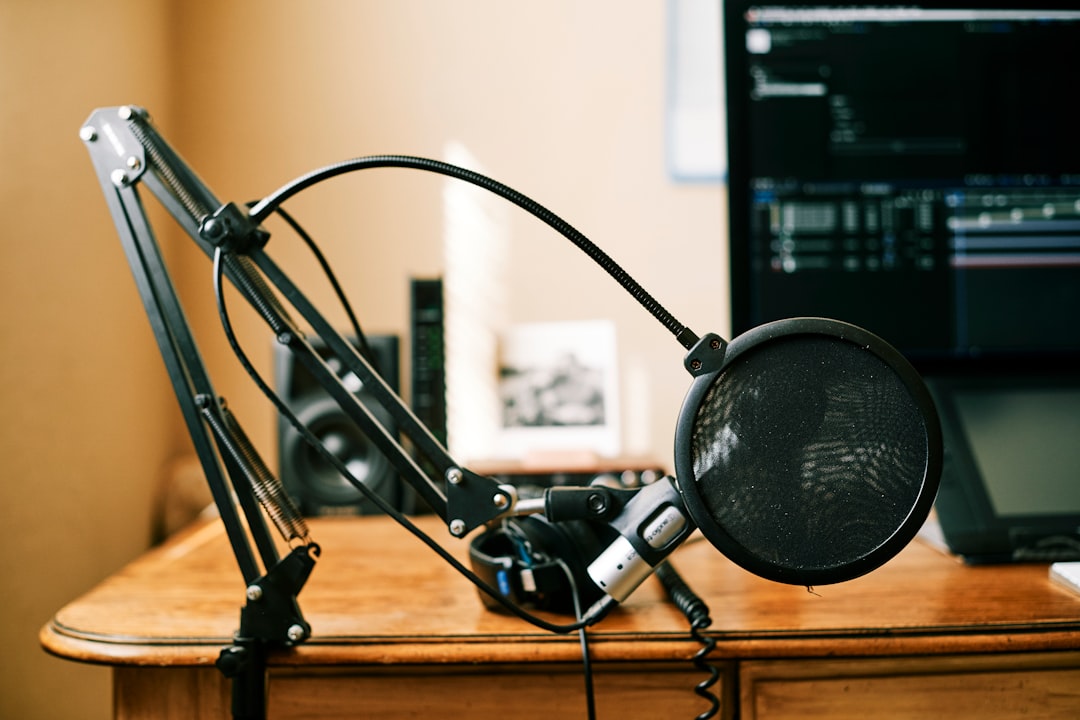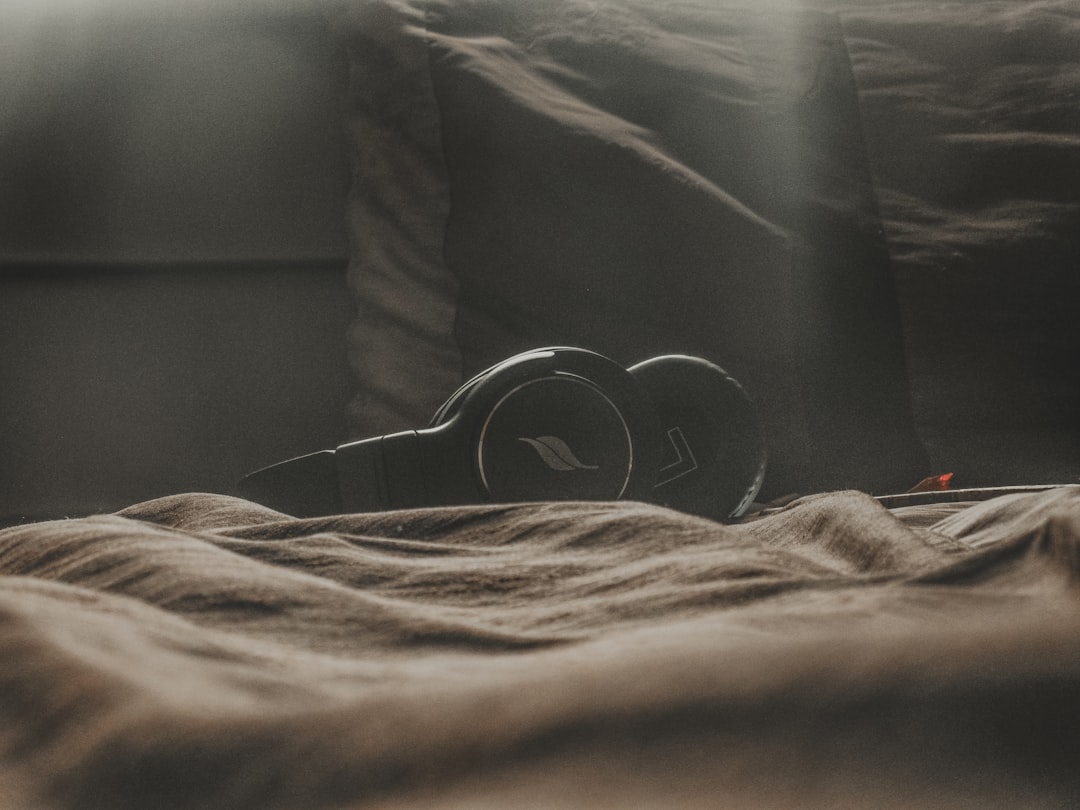How I Use Audio to De-stress and Wind Down After a Busy Day.
How I Use Audio to De-stress and Wind Down After a Busy Day
The modern world often feels like a relentless treadmill, constantly pushing us to do more, be more, and achieve more. For many of us, myself included, a “busy day” isn’t just a phrase; it’s a reality packed with meetings, deadlines, responsibilities, and an endless stream of information. By the time evening rolls around, my brain often feels like a tangled mess of wires, buzzing with lingering thoughts, anxieties, and the sheer mental fatigue of it all. Silence, surprisingly, can sometimes amplify this internal noise, leaving me restless and unable to truly switch off. This is where my personal ritual of using audio comes into play – a deliberate, diverse, and deeply personal strategy to de-stress, unravel the day’s complexities, and gently guide myself towards a state of calm and readiness for rest.
Beyond the Daily Grind: My Auditory Escape Ritual
For me, de-stressing isn’t a passive activity; it’s an active process of shifting my mental and emotional gears. It starts the moment I walk through the door, signaling a clear boundary between work and personal time. Instead of immediately diving into chores or screen time, I deliberately choose to immerse myself in specific auditory experiences. This isn’t just about background noise; it’s about curating a sonic environment that actively helps my brain disengage from the day’s pressures and transition into a more relaxed state.
The Immediate Shift: Tuning Out the Mental Clutter
My first step is often to put on a pair of comfortable headphones. This physical act itself is a powerful signal to my brain: “It’s time to tune out the external world and tune into myself.” The choice of audio here is critical. I’ve found that music with lyrics, or anything too stimulating, can actually keep my mind too engaged. Instead, I gravitate towards instrumental soundscapes. Think ambient electronic music, classical compositions with gentle swells, or sometimes even binaural beats designed for relaxation. These sounds don’t demand my analytical attention; rather, they invite a sense of spaciousness, allowing the day’s mental clutter to slowly dissipate without me having to actively “solve” it.
Creating a Threshold: The Power of Intentional Listening
This initial auditory immersion serves as a threshold, a bridge between my busy day and my evening sanctuary. It’s not just about what I hear, but how I hear it. I practice intentional listening, focusing on the textures, layers, and subtle shifts within the soundscape. This focused attention acts as a gentle anchor, pulling my awareness away from anxious thoughts and into the present moment. It’s a foundational step that prepares my mind for deeper relaxation, much like a warm-up before a workout, but for my mental well-being. This intentionality helps to quiet the internal monologue that often replays the day’s events, replacing it with a soothing, immersive experience. It’s an active form of mindfulness practices without the pressure of formal meditation.
Crafting My Sonic Sanctuary: The Types of Audio I Turn To
My audio toolkit for winding down is quite diverse, reflecting the different facets of stress and relaxation. It’s not a one-size-fits-all approach; rather, I select my audio based on my current mood and what my mind and body truly need at that moment.
The Comfort of Nature’s Embrace: Ambient Soundscapes
One of my go-to choices is often ambient nature sounds. Not just any nature sounds, but carefully curated soundscapes that transport me. The gentle patter of rain on a window, the rhythmic crash of ocean waves, or the subtle chirping of crickets on a summer night can be incredibly grounding. These aren’t just pleasant noises; they often mimic sounds that our ancient brains associate with safety and calm. They provide a continuous, non-intrusive backdrop that masks jarring household noises and creates a consistent, soothing environment. I find these particularly effective when my mind is racing with too many thoughts, as they offer a gentle distraction without demanding engagement.

Guided Journeys: Meditation and Sleep Stories
When I need a more direct path to relaxation, especially if I’m feeling particularly overwhelmed or struggling to quiet my mind, I turn to guided meditations or sleep stories. These audio experiences are designed specifically to lead you into a state of deep relaxation or sleep. A calm voice gently guides me through breathing exercises, body scans, or imaginative narratives that help me disengage from my thoughts. I’ve discovered that the human voice, when used therapeutically, can be incredibly powerful in grounding me. The structure of a guided session helps to put my wandering mind on a specific, calming path, preventing it from spiraling into worry. This is especially helpful for improving sleep quality by setting the stage for restful slumber.
Focusing the Mind: Instrumental Music and Binaural Beats
Sometimes, the day leaves me feeling mentally foggy rather than overtly stressed. In these instances, instrumental music, particularly classical or lo-fi beats, helps to gently re-focus my mind without demanding high cognitive effort. The structure and harmony in classical music, or the repetitive, calming rhythms of lo-fi, can provide a kind of mental massage. For an even deeper dive into relaxation, I occasionally experiment with binaural beats. These are specific frequencies played into each ear, designed to create a “third” tone in the brain that can induce states like relaxation or focus. While the scientific evidence is still evolving, I personally find certain binaural beat tracks incredibly effective for shifting my brainwave patterns towards a more relaxed state, helping me to unwind and even prepare for creative endeavors later in the evening.
The Science of Sound: Why My Audio Choices Work for Winding Down
My reliance on audio isn’t just anecdotal; there’s a fascinating scientific basis for why sound can be such a potent tool for de-stressing and winding down. Understanding this helps me appreciate the deliberate choices I make in my evening routine.
Taming the Amygdala: Our Brain’s Alarm System
When we’re stressed, our amygdala – the part of our brain responsible for processing emotions, including fear and anxiety – goes into overdrive. Certain types of audio, particularly those with slow tempos, low frequencies, and predictable patterns, can actually help to calm the amygdala. This reduces the “fight or flight” response, signaling to our nervous system that we are safe and can relax. Research into the science of sound and the brain shows how auditory stimuli can directly influence our physiological state.
Harnessing Brainwave Entrainment
Our brains generate electrical impulses that create brainwaves, which can be measured in cycles per second (Hz). Different brainwave states correspond to different levels of consciousness: beta for alertness, alpha for relaxation, theta for light sleep/deep relaxation, and delta for deep sleep. Many of the audio types I use, especially binaural beats and certain ambient music, are designed to encourage brainwave entrainment – essentially, guiding my brainwaves towards more relaxed states (alpha and theta). This isn’t magic; it’s a physiological response that helps me transition from the high-alert beta state of a busy day to the calmer states needed for winding down.
The Power of Auditory Masking and Distraction
Finally, there’s the simpler, yet incredibly effective




Post Comment